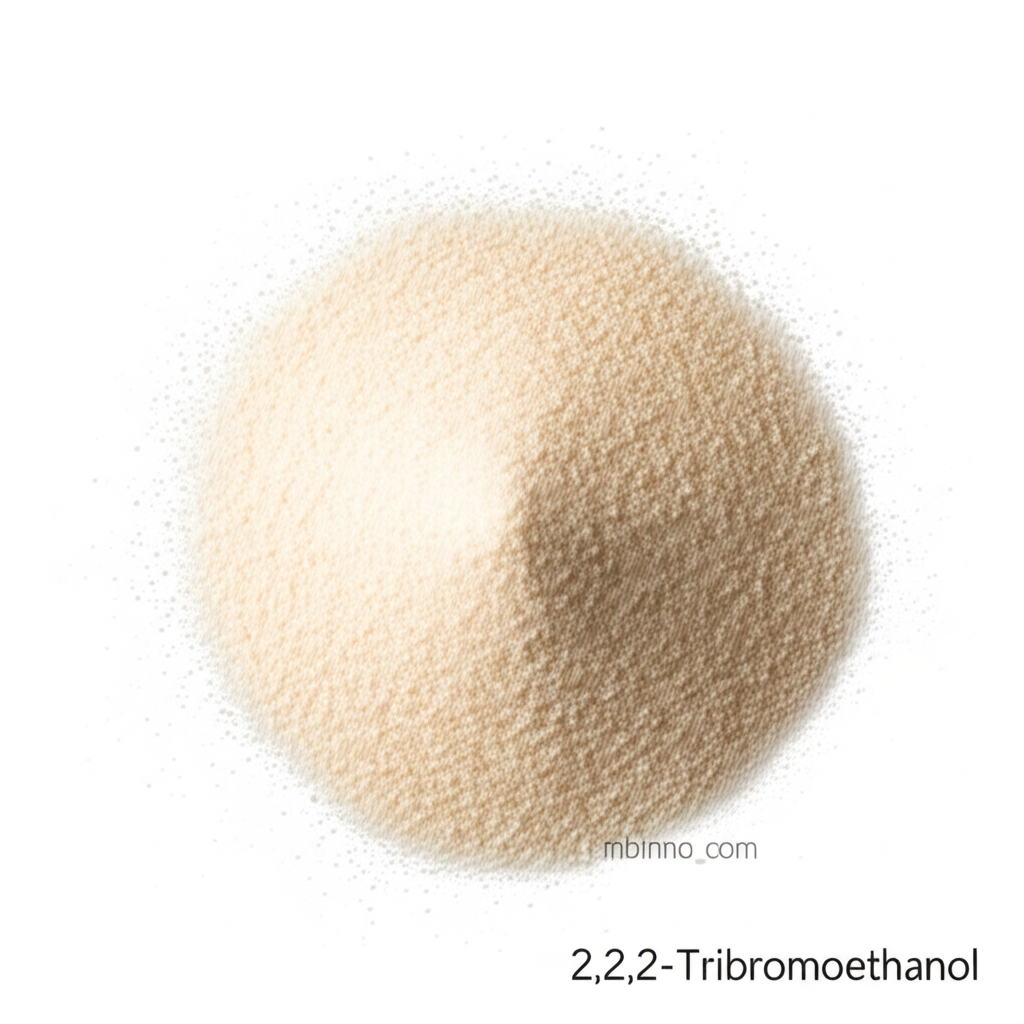2,2,2-Tribromoethanol: Synthesis, Applications, and Safety Considerations in Laboratory Animal Anesthesia
Discover the critical role of 2,2,2-Tribromoethanol in laboratory settings and explore its properties and applications.
Get a Quote & SampleProduct Core Value

2,2,2-Tribromoethanol
2,2,2-Tribromoethanol, identified by CAS number 75-80-9, is a chemical compound widely recognized for its anesthetic properties in laboratory animals. Its ability to induce rapid and deep anesthesia followed by swift postoperative recovery makes it a valuable tool for researchers performing surgical procedures on rodents. Beyond its primary use as an anesthetic, it also finds application in various organic synthesis pathways.
- Exploring the use of tribromoethanol anesthetic mice for safe and effective procedures is crucial for research continuity.
- Understanding tribromoethanol preparation and storage is vital to prevent degradation into harmful compounds.
- The properties of avertin anesthesia rodents offer a convenient option for short-duration surgeries.
- Ensuring the availability of a safe anesthetic for lab animals is paramount for ethical research practices.
Product Advantages
Rapid Anesthesia Induction
One of the key benefits of using tribromoethanol anesthetic mice is its swift onset of anesthesia, facilitating efficient experimental workflows.
Efficient Postoperative Recovery
The quick and complete recovery observed after administration of tribromoethanol preparation and storage protocols are followed contributes to animal well-being.
Versatile Applications in Research
From anesthesia to organic synthesis, the versatile nature of this compound supports diverse research needs, aiding in organic synthesis intermediate discoveries.
Key Applications
Laboratory Animal Anesthesia
The primary application of tribromoethanol anesthetic mice is its role as an anesthetic, supporting the rigorous demands of laboratory animal anesthesia protocols.
Organic Synthesis
This compound serves as a building block or reagent in various organic synthesis pathways, contributing to the creation of novel compounds and materials.
Veterinary Medicine Research
Studies on avertin anesthesia rodents contribute to broader advancements in veterinary medicine, exploring optimal drug usage and efficacy.
Chemical Intermediate
As a chemical intermediate, it plays a role in the synthesis of more complex molecules, crucial for the development of new pharmaceuticals and materials.
Related Technical Articles & Resources
Why Choose Us?
Leverage our expertise and state-of-the-art infrastructure to accelerate your journey from discovery to commercial success.
Global Experience
With 20 years of R&D, manufacturing, and sales experience, we proudly serve clients across 60 countries and regions worldwide.
Advanced Facilities
Our in-house R&D laboratory, pilot platform, and large-scale production workshop are equipped to meet the audit requirements of global customers.
Seamless Scalability
We facilitate a perfect transition from small-scale lab requirements (grams) to full commercialization (hundreds of tons).
